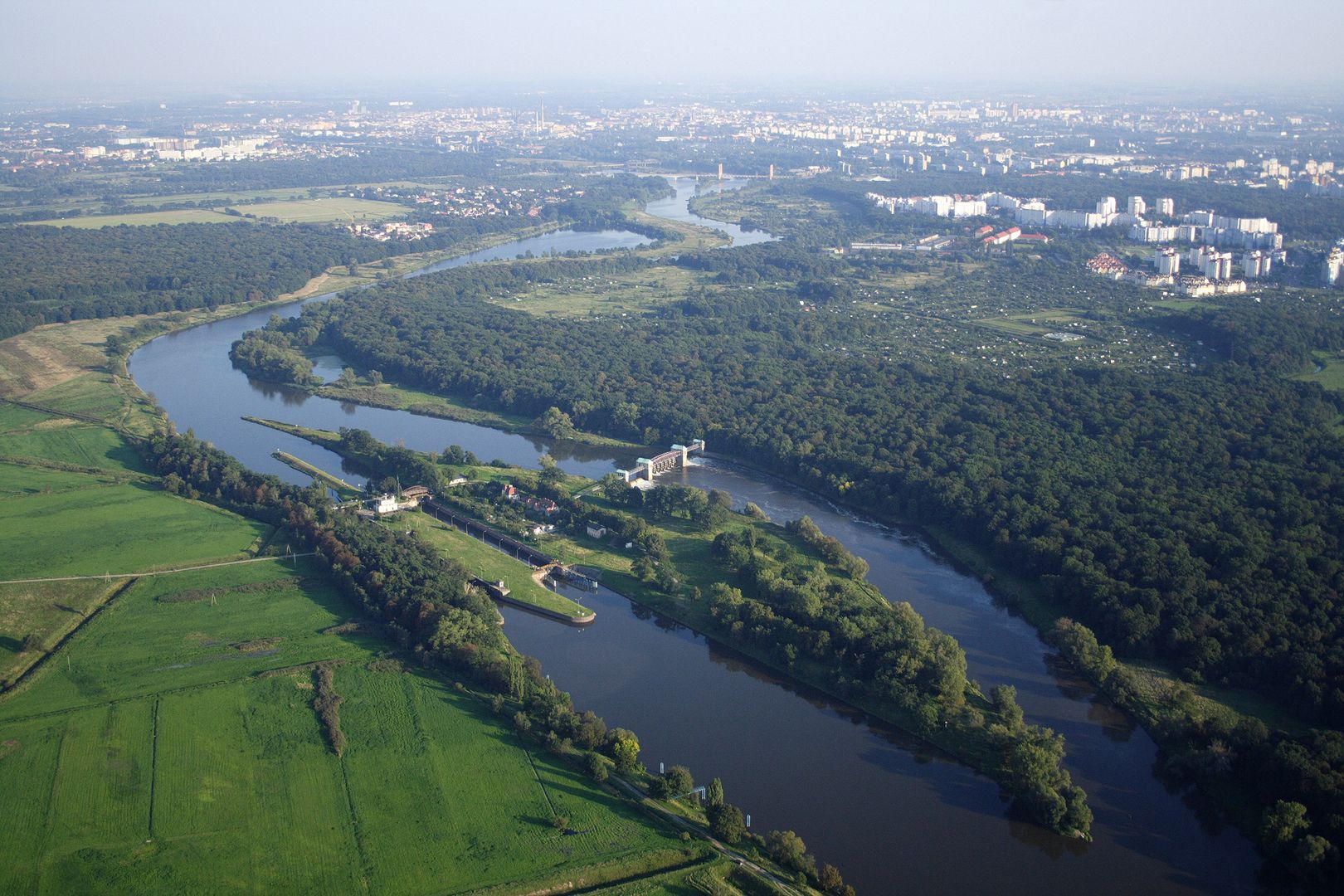Kozanów
6.34

Overview
Kozanów, a housing estate in Wrocław, boasts a rich history dating back to 1208, when the village was handed over to the Bishop of Wrocław, Wawrzyniec. For centuries, it remained the property of the bishopric until its secularization in 1810. In 1305, the village acquired its current name, Kozanów, and until the 18th century, it was primarily inhabited by Poles, featuring a school, an inn, and four farmsteads. A significant milestone in Kozanów's history was the construction of a Jewish cemetery in 1902, which honored Jewish soldiers who fell in World War I. Until 1945, the Jewish cemetery and other necropolises operated in the vicinity, but after the war, these areas were repurposed. Kozanów is surrounded by lush green spaces, such as Zachodni Park and Pilczycki Forest, attracting nature enthusiasts. The estate is rich in biodiversity, including numerous species of birds, amphibians, and mammals. Architecturally, Kozanów is dominated by prefabricated concrete panel buildings constructed in the 1970s, while its earlier rural structure has faded. The estate has experienced severe floods, including the catastrophic Millennium Flood of 1997, which inundated many buildings. Public transportation is well-developed, with trams and buses connecting to various parts of Wrocław, ensuring easy accessibility. Despite its challenges, Kozanów remains an important local hub where traditions are preserved, and community development continues.
Location
Tickets
Powered by GetYourGuide
2025 Wizytor | All Rights Reserved